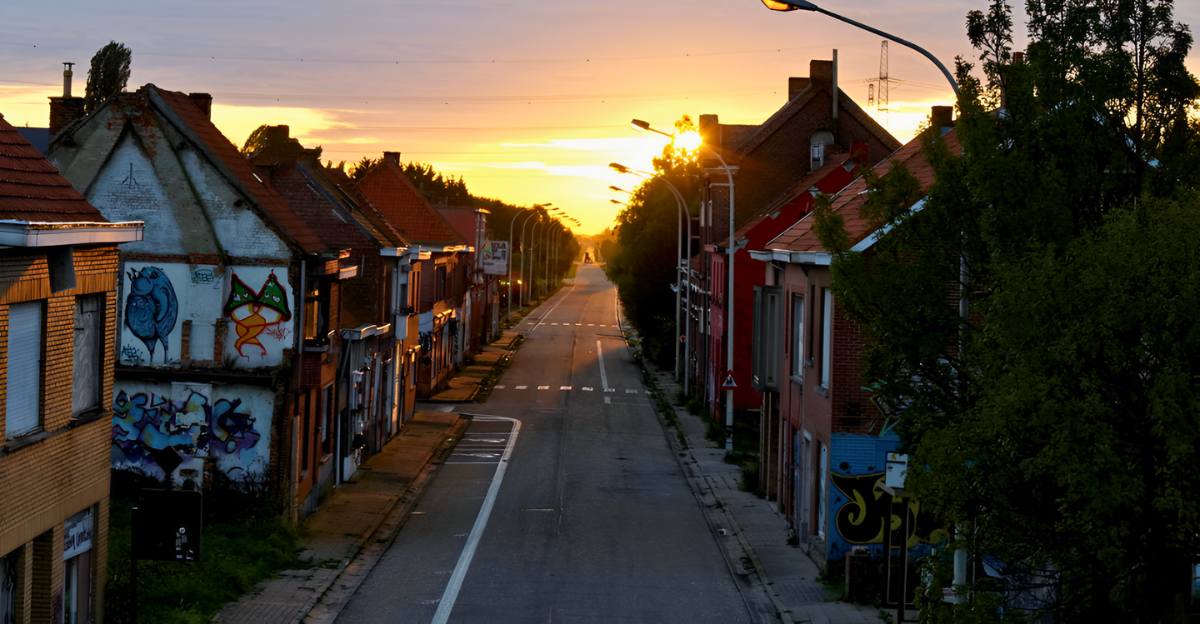
America faces an unprecedented urban crisis as cities empty at alarming rates. Recent Census Bureau data reveal that more than 14,000 U.S. cities have lost population over the past decade. Some communities have watched half their residents disappear, transforming once-thriving neighborhoods into urban wastelands. The New York Times reports that these struggling municipalities represent “a symbol of the struggles facing many post-industrial cities”. This demographic hemorrhaging affects entire regions and threatens America’s urban foundation.
1. Gary, Indiana
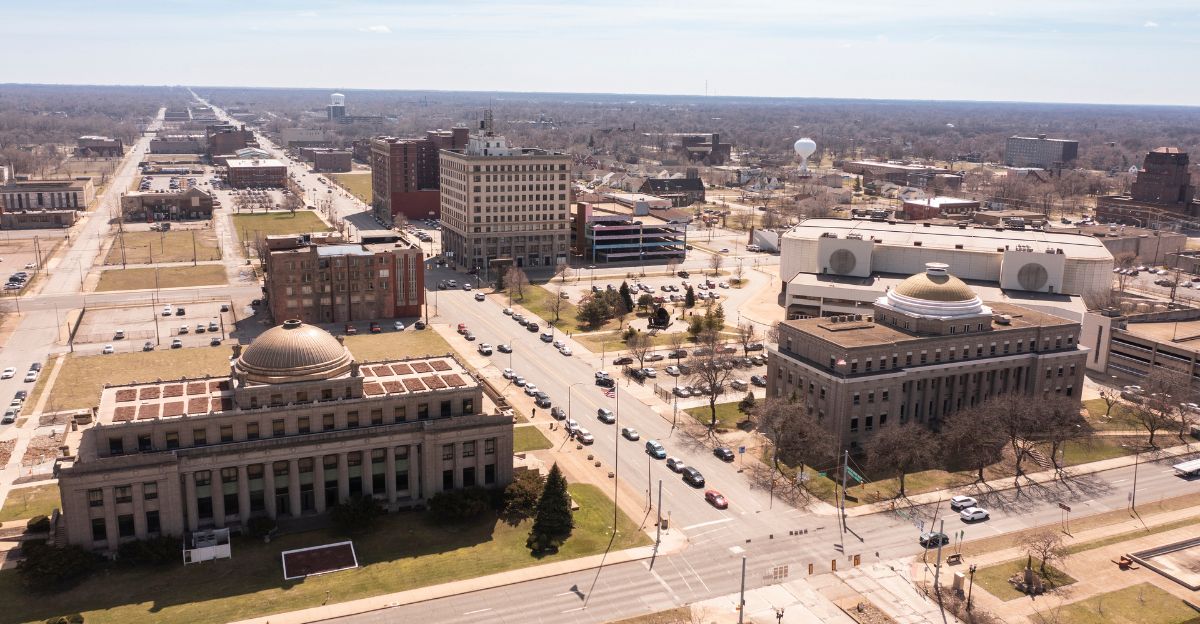
Gary represents the ultimate symbol of post-industrial urban collapse, losing over half its residents since its steel industry peak. The New York Times describes Gary as emblematic of struggles facing former manufacturing powerhouses across America’s Rust Belt. Entire blocks sit empty with shuttered schools and abandoned homes dotting the landscape. SmartAsset data confirms that Gary continues declining at 0.77% annually. Despite its proximity to Chicago and some revitalization efforts, Gary keeps losing population as economic opportunities remain scarce and urban decay spreads throughout the community.
2. St. Louis, Missouri
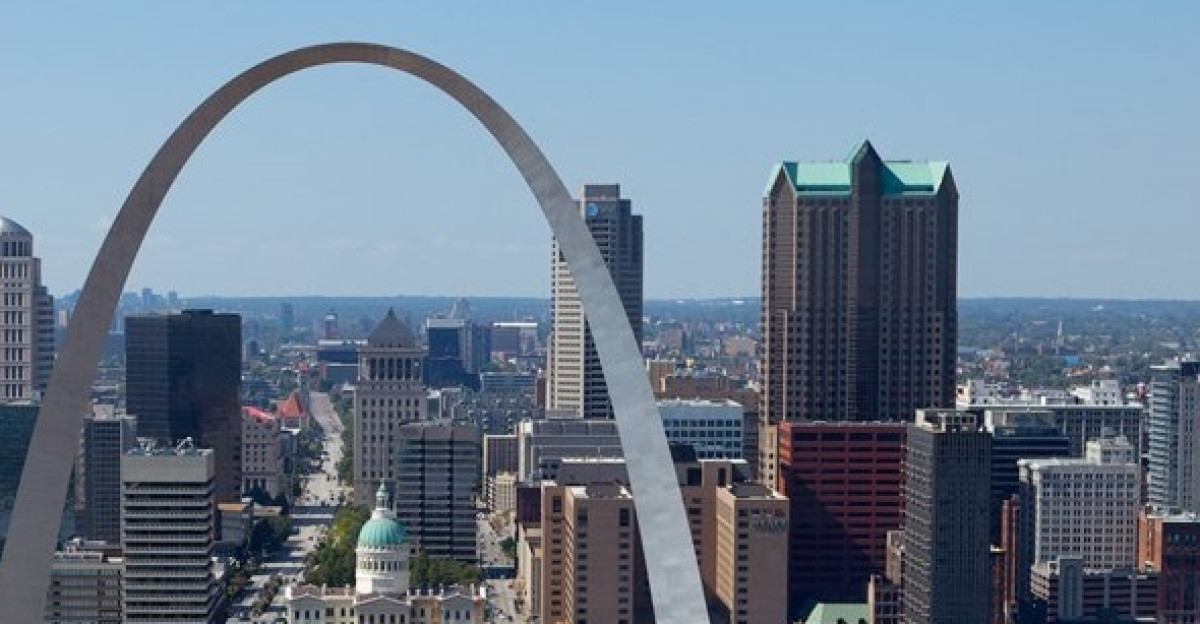
St. Louis recorded the fastest population drop among major U.S. cities, with St. Louis Public Radio confirming over 21,700 residents departed between 2020 and 2024. The 2024 Census shows a devastating 7.3% decline, ranking sixth nationally for population loss. Officials cite school transportation issues, leadership scandals, and crime concerns as primary reasons families choose suburban alternatives. This exodus reduces the tax base needed to maintain quality services, making it increasingly difficult to reverse the downward spiral that continues accelerating.
3. Flint, Michigan
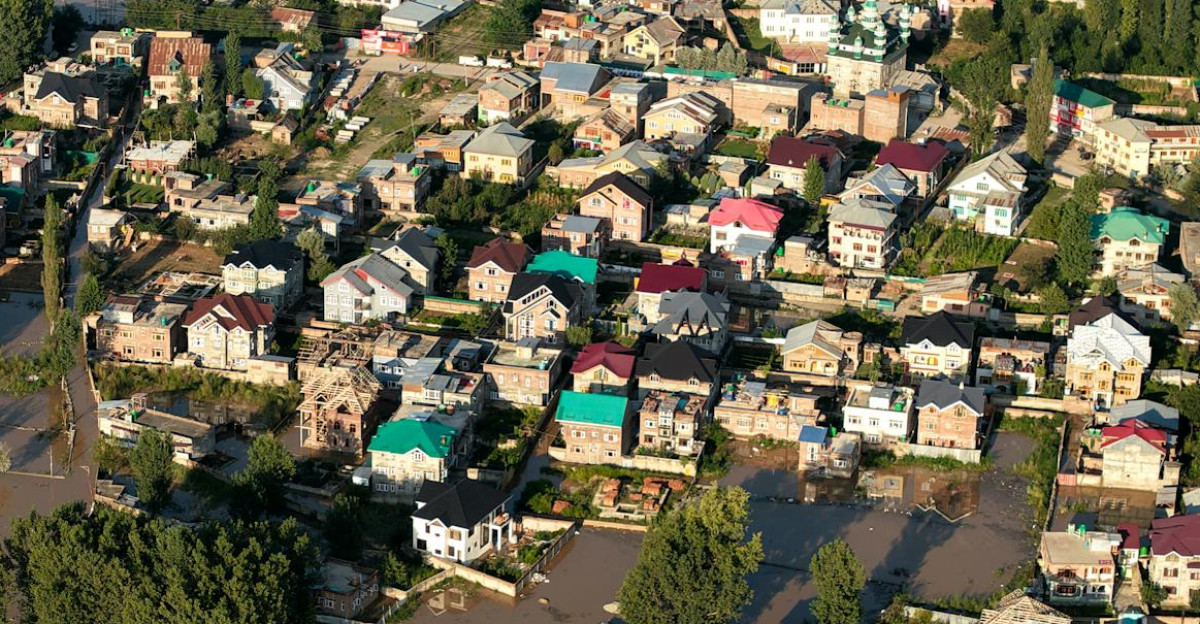
Flint continues grappling with the devastating aftermath of its water crisis, which exposed decades of infrastructure vulnerabilities and government failures. SmartAsset’s 2024 study confirms Flint among America’s top declining cities with a staggering 16.97% five-year population decline. Urban Institute research shows how environmental disasters can accelerate urban decline when not addressed promptly. Despite new leadership promising revitalization, the city faces enormous challenges rebuilding trust and infrastructure that will take decades to overcome.
4. Cleveland, Ohio
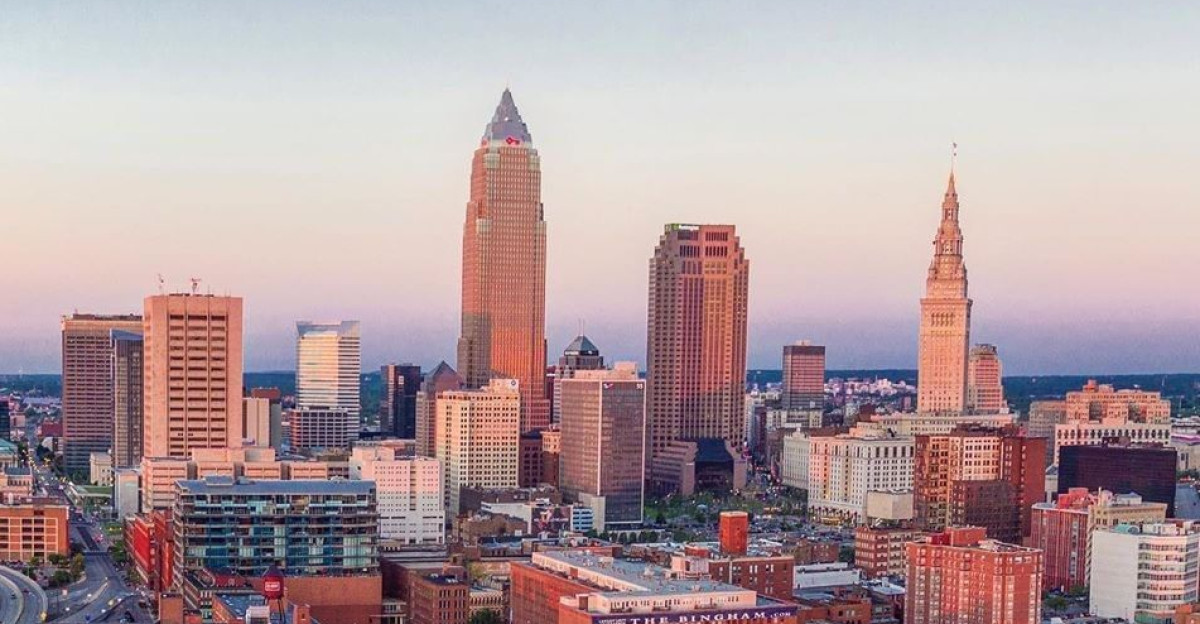
Cleveland is a prime example of Rust Belt decline, having lost over 40% of its population since the 1970s as manufacturing jobs disappeared. The city continues experiencing steady outmigration despite downtown revitalization efforts and institutional anchors like the Cleveland Clinic. Its population peaked in the 1950s but has declined consistently for decades as residents moved to suburbs and Sun Belt cities. The city struggles with aging infrastructure, high poverty rates, and economic challenges, making it difficult to retain young professionals seeking better opportunities.
5. Camden, New Jersey
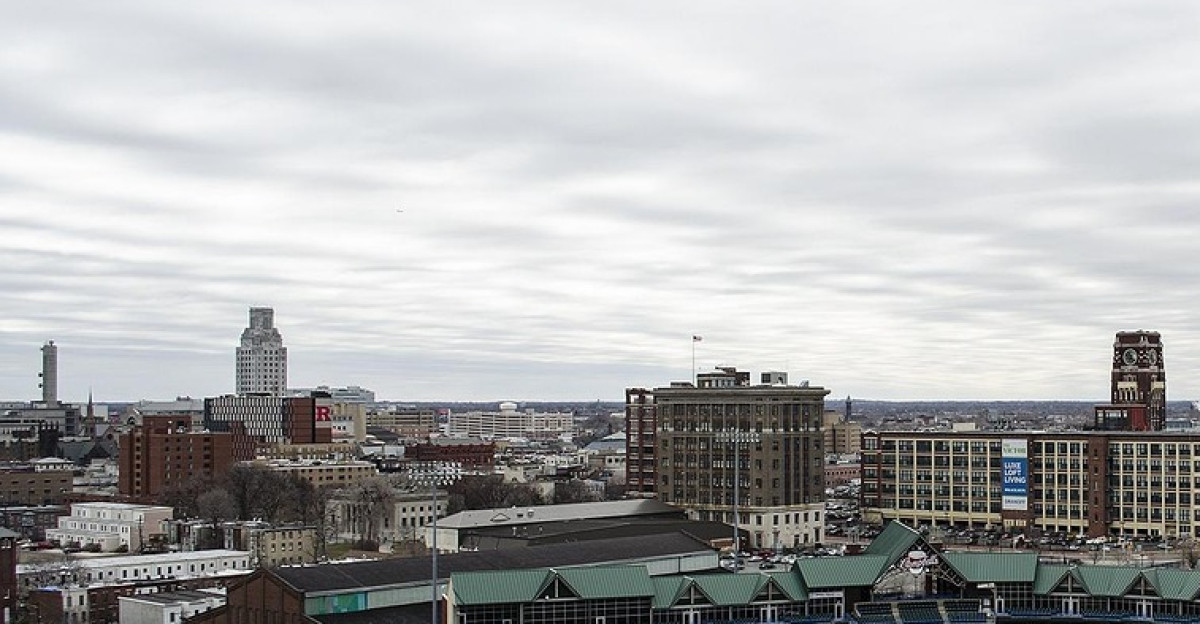
Camden represents one of America’s most challenging urban decline stories. For decades, it has been plagued by crime, poverty, and population hemorrhaging. The city regularly appears on fastest-shrinking cities lists, losing residents at rates of 1.8% annually in recent years. Once a thriving industrial center, Camden has struggled with the departure of major employers and widespread disinvestment. Despite significant investment efforts and redevelopment initiatives, the city faces massive challenges that drive families to seek opportunities elsewhere.
6. Birmingham, Alabama
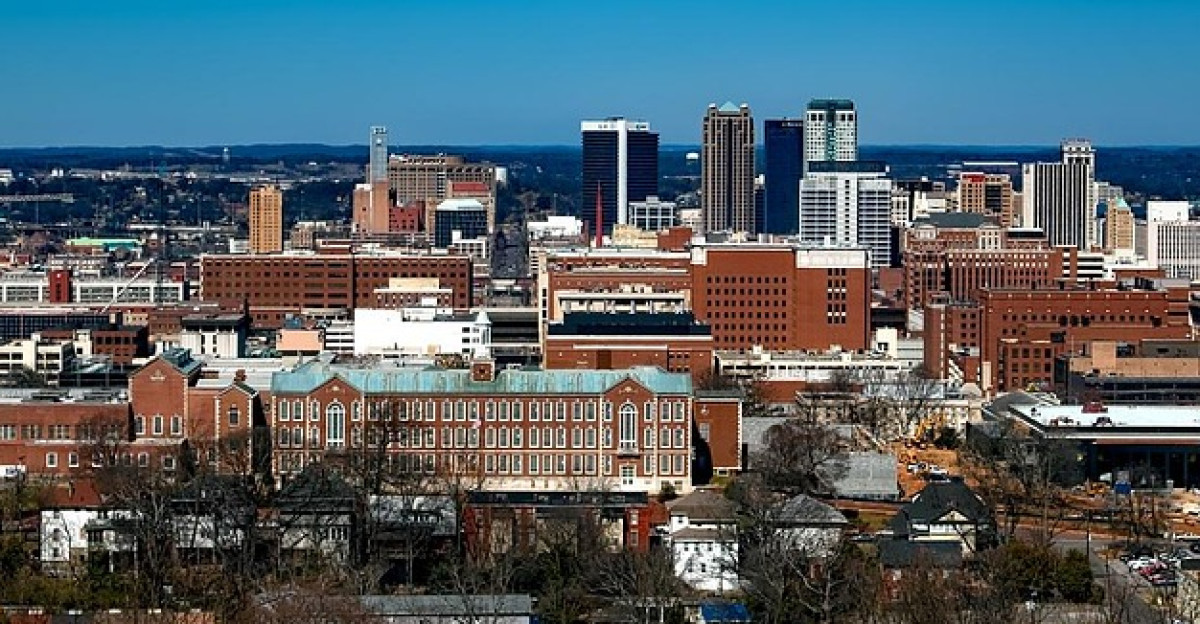
Birmingham dropped below 200,000 residents for the first time in a century, falling to Alabama’s third-largest city behind Huntsville and Montgomery. Reddit discussions confirm Birmingham’s population shrinks again in 2023, with World Population Review estimating the 2025 population at 194,156. The city has lost nearly 15,000 people since 2010, representing a 7% decline over eleven years. Once Alabama’s largest city and industrial powerhouse, Birmingham faces competition from growing suburban communities and struggles with economic stagnation.
7. Youngstown, Ohio
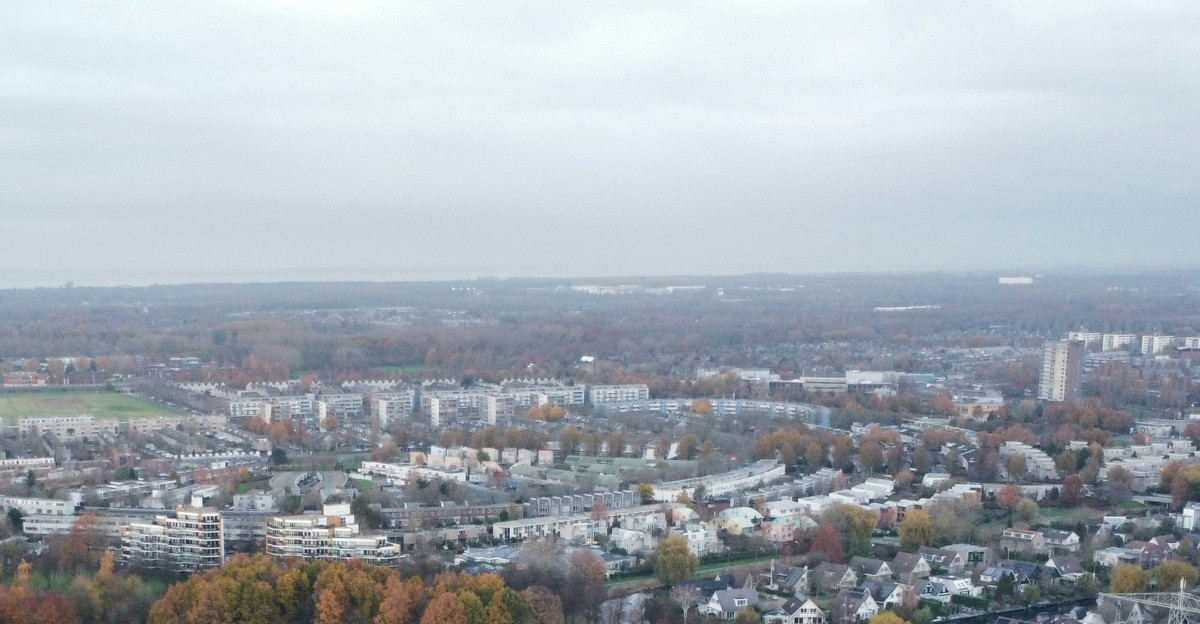
Youngstown embraced “smart shrinkage” after acknowledging it couldn’t return to its former glory as a city of 170,000 people. The current population stands around 60,000, down 65% since 1960, though recent data shows a slight 0.28% growth to 353,000 metro area residents in 2024. The Economist describes it as historically “one of America’s fastest-shrinking cities.” Once a steel manufacturing powerhouse, Youngstown pioneered innovative approaches to managing decline, converting abandoned land to green space and focusing resources on viable neighborhoods.
8. Buffalo, New York
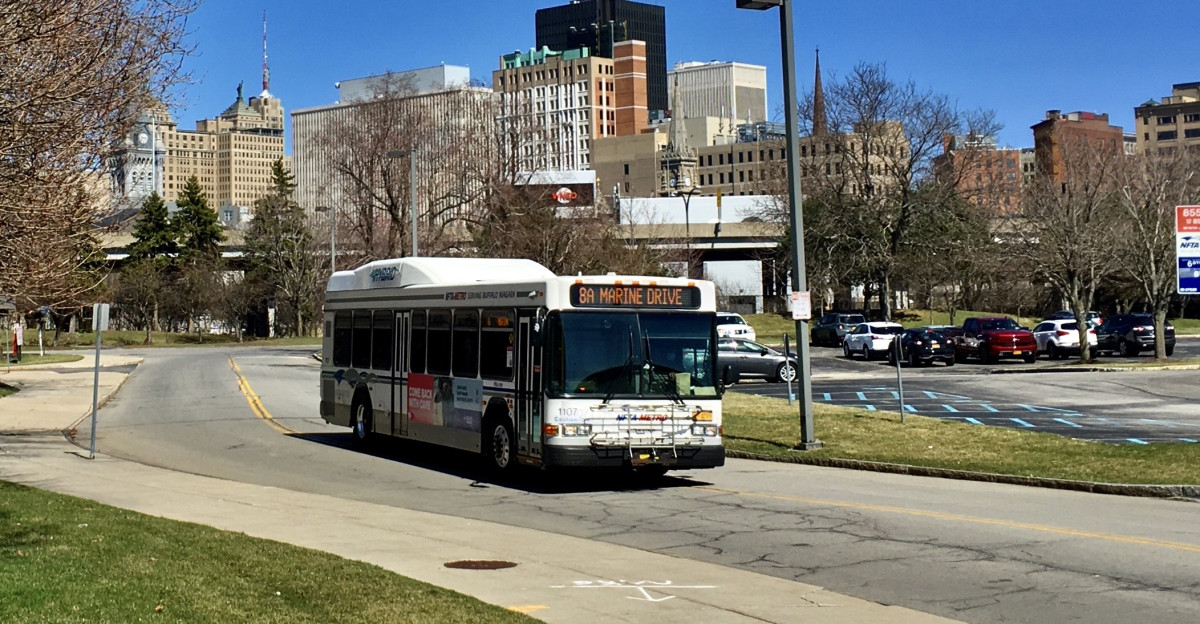
Buffalo shows mixed population signals. In the latest annual estimates, the city proper lost 1,084 residents, bringing the total to 278,349. However, 80% of Buffalo ZIP codes have increased in population since COVID, with the metro area gaining 21,500 residents. Once the 15th-largest city in America, with 580,132 residents in 1950, Buffalo exemplifies Rust Belt challenges. Despite waterfront revitalization efforts and some neighborhood improvements, the town continues struggling with urban decay, job losses from deindustrialization, and competition from Sun Belt destinations.
9. Baltimore, Maryland
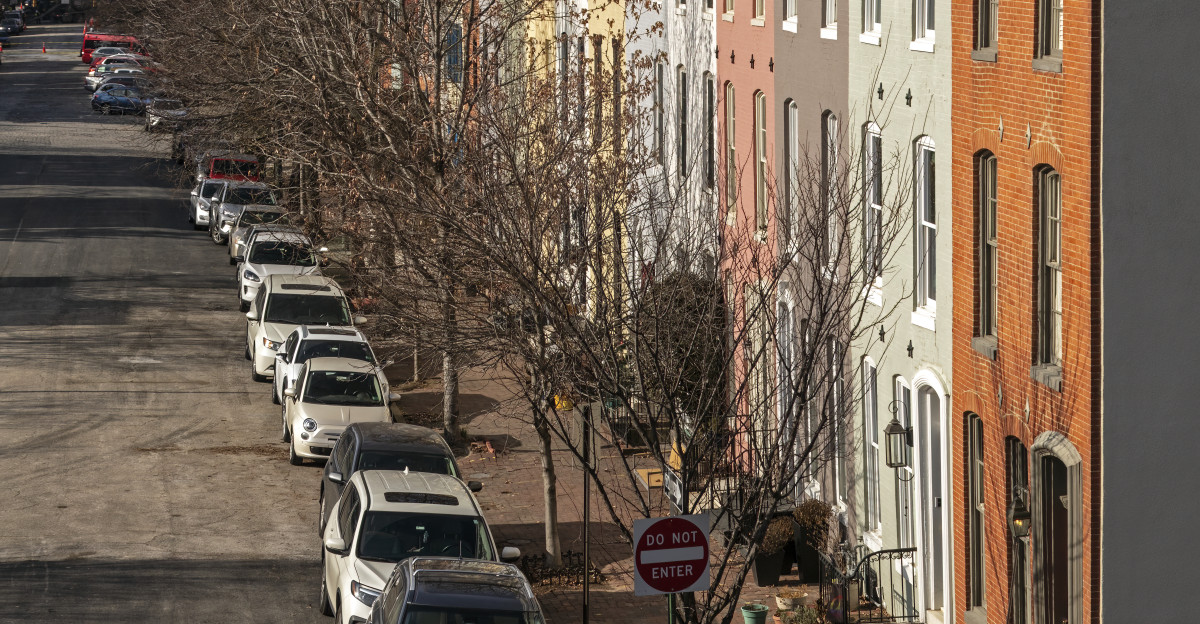
Baltimore shows signs of stabilizing after decades of decline, with Mayor Brandon Scott announcing the city gained 754 residents (0.1% growth) for the first time since 2014. The U.S. Census Bureau confirmed Baltimore’s first population growth in a decade, ending a long period of decline. The city peaked at nearly 950,000 residents in 1950 but has steadily lost population. Despite recent gains, Baltimore faces ongoing challenges, including crime, aging infrastructure, and economic transformation, which continue pushing some residents toward suburban alternatives.
10. Akron, Ohio
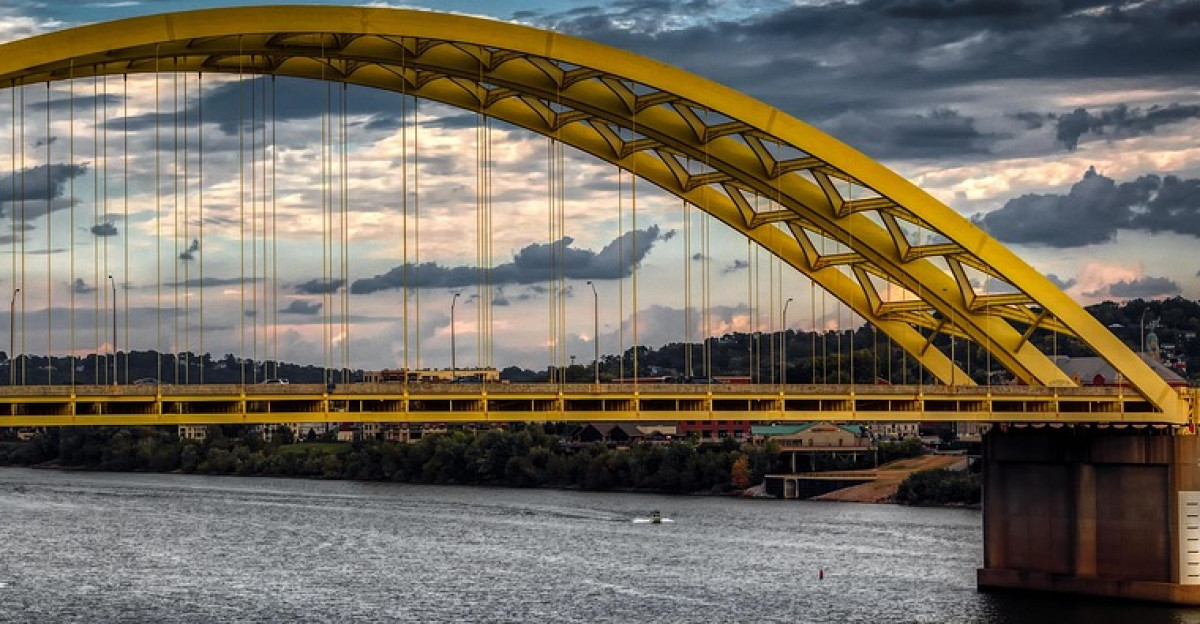
Akron rounds out our list as another Rust Belt city experiencing sustained population decline over recent decades. Once a major tire manufacturing center known as the “Rubber Capital of the World,” Akron has struggled with deindustrialization and job losses. The city continues losing residents as young people seek opportunities elsewhere, and manufacturing jobs remain scarce. Like other former industrial powerhouses, Akron faces challenges with aging infrastructure, economic diversification, and competition from growing Sun Belt cities that offer better job prospects and quality of life amenities.
What’s Driving This Urban Exodus?
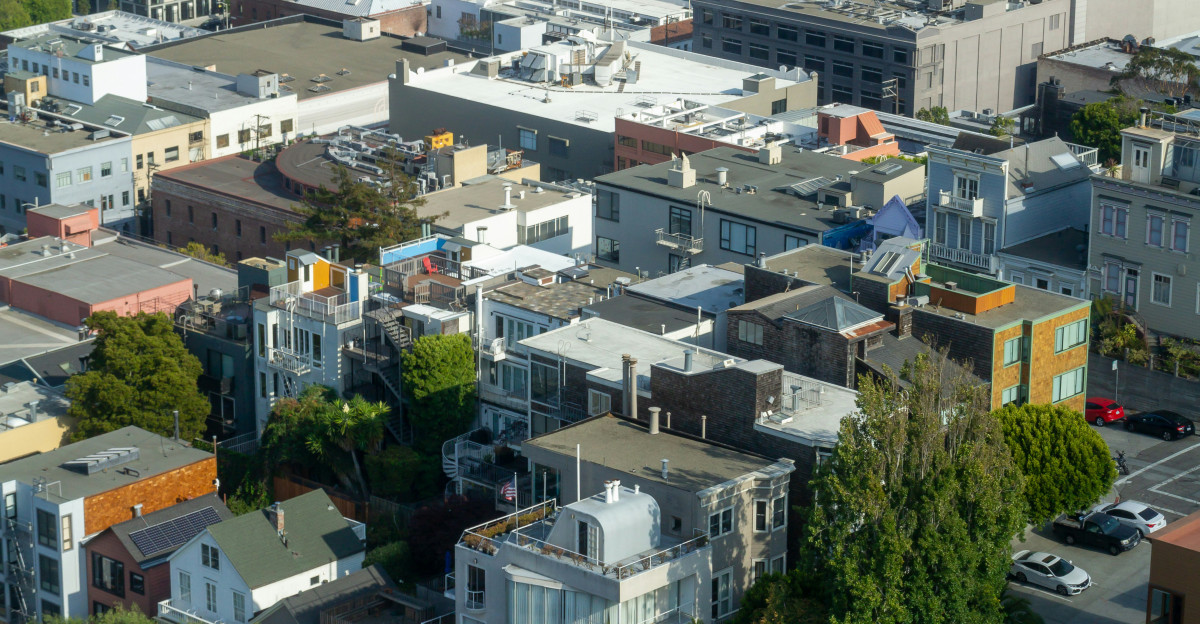
The forces behind America’s urban decline reflect complex economic and social transformations spanning decades. Suburbanization and “white flight” accelerated urban shrinkage as families sought newer communities with better schools and lower crime rates. Pew Research data shows this pattern intensified as Sun Belt cities offered stark alternatives to declining northern metros. High crime rates, aging infrastructure, and economic stagnation compound these problems, making it increasingly difficult for struggling cities to retain current residents or attract new ones.
The Rust Belt Collapse
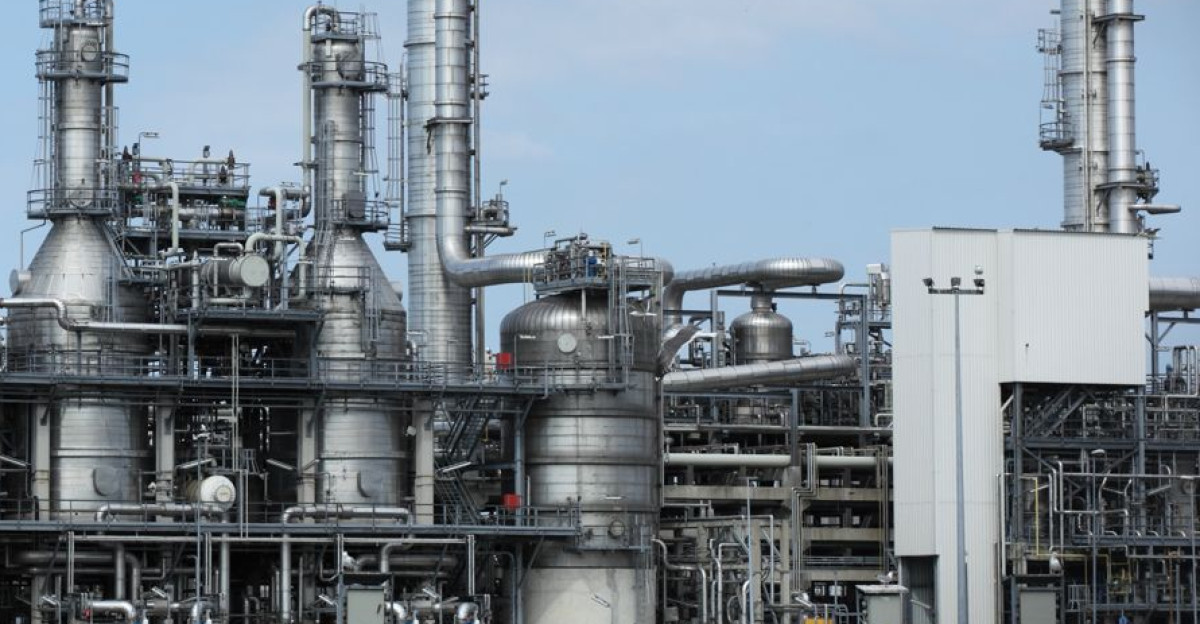
America’s industrial heartland’s transformation from economic powerhouse to population wasteland reflects broader deindustrialization trends. Cities like Gary, Flint, and Cleveland once thrived as manufacturing centers, drawing millions seeking stable factory jobs and middle-class prosperity. Urban Institute studies reveal that automation and global competition have steadily eroded these economic foundations since the 1950s. The collapse of steel, automotive, and other heavy industries left entire regions without replacement economic drivers, creating conditions for sustained population decline.
Economic Consequences of Population Loss

Population decline creates devastating fiscal consequences that accelerate urban decay. Data shows that local economies contract predictably as populations fall through reduced tax bases and business closures. Home values stagnate or plummet, making it difficult for remaining residents to build wealth or relocate elsewhere. Municipal budgets shrink when cities need the most resources to maintain infrastructure and services. This economic death spiral makes recovery increasingly difficult as cities lack funds for improvements.
Sun Belt Cities Boom While Others Bust
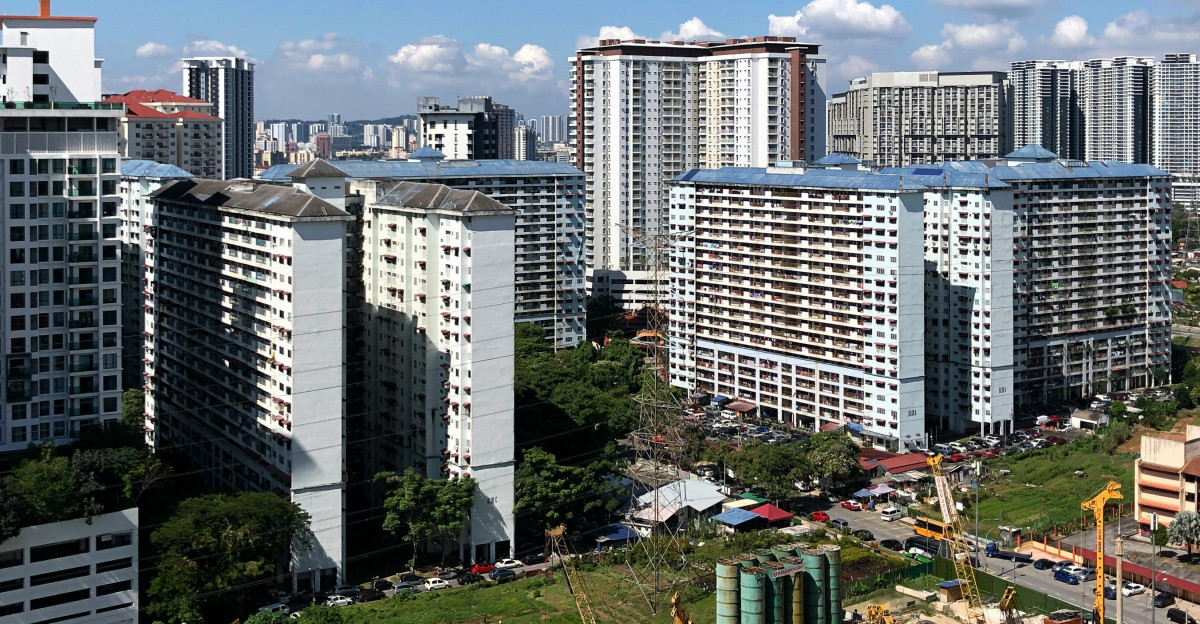
While northern cities shrink, Sun Belt metros experience explosive growth that intensifies decline elsewhere. Bank of America Institute research shows towns like Austin and Phoenix attract new residents with job opportunities, affordable living, and quality of life. Austin’s government confirms a 2.2% population increase in 2023, while Phoenix recorded 4.8% year-over-year growth. These numbers represent millions choosing opportunity over familiarity, leaving behind communities desperately needing their skills and resources.
Human Stories Behind the Statistics

Behind every percentage point of population loss are real people making heartbreaking decisions about their futures. CNN reports Flint officials stating, “We need new investment to reverse decades of decline”. In Gary, families face impossible choices between staying in deteriorating neighborhoods or abandoning generational roots. Community leaders emphasize that departing residents take the social fabric that makes neighborhoods function. Local churches lose congregations, civic organizations struggle to find volunteers, and informal networks helping communities weather crises gradually dissolve.
Recovery Efforts Show Mixed Results
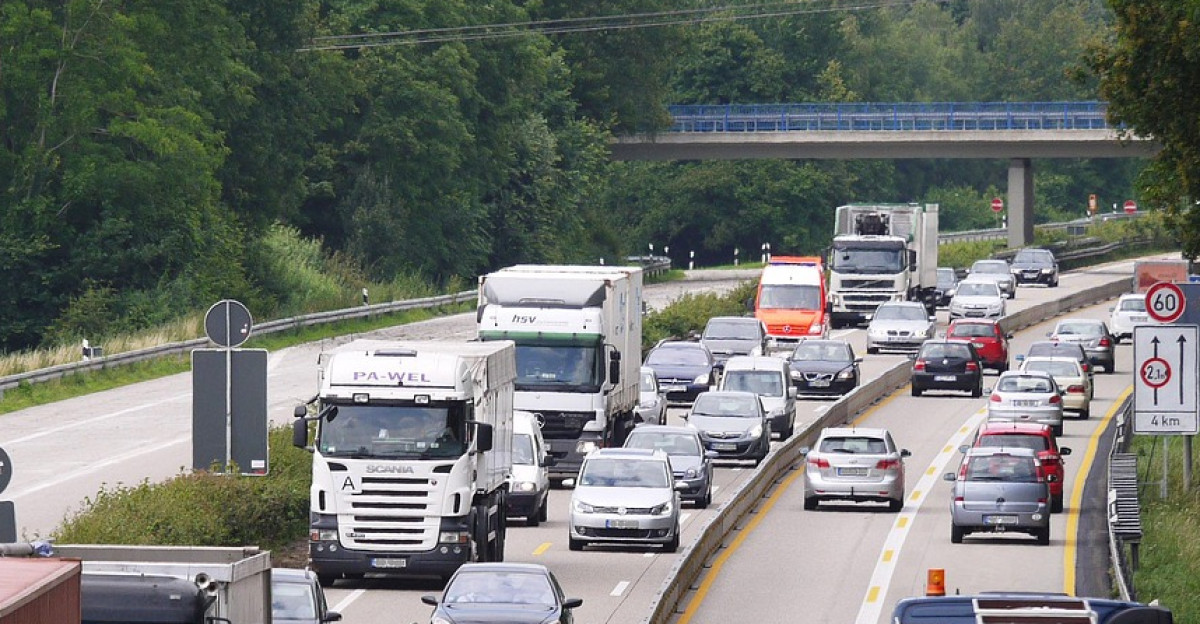
Cities aren’t passively accepting decline, implementing various strategies to attract residents and investment. Buffalo invested heavily in waterfront redevelopment, while Birmingham targets tech startups as potential economic drivers. Some cities show encouraging signs, with Detroit gaining 12,487 residents since last year’s Census estimate, marking the first population growth since 1957. However, Brookings Institution experts caution that most initiatives may only slow rather than reverse declining trends without sustained investment and population growth.
Policy Responses Target Infrastructure and Investment
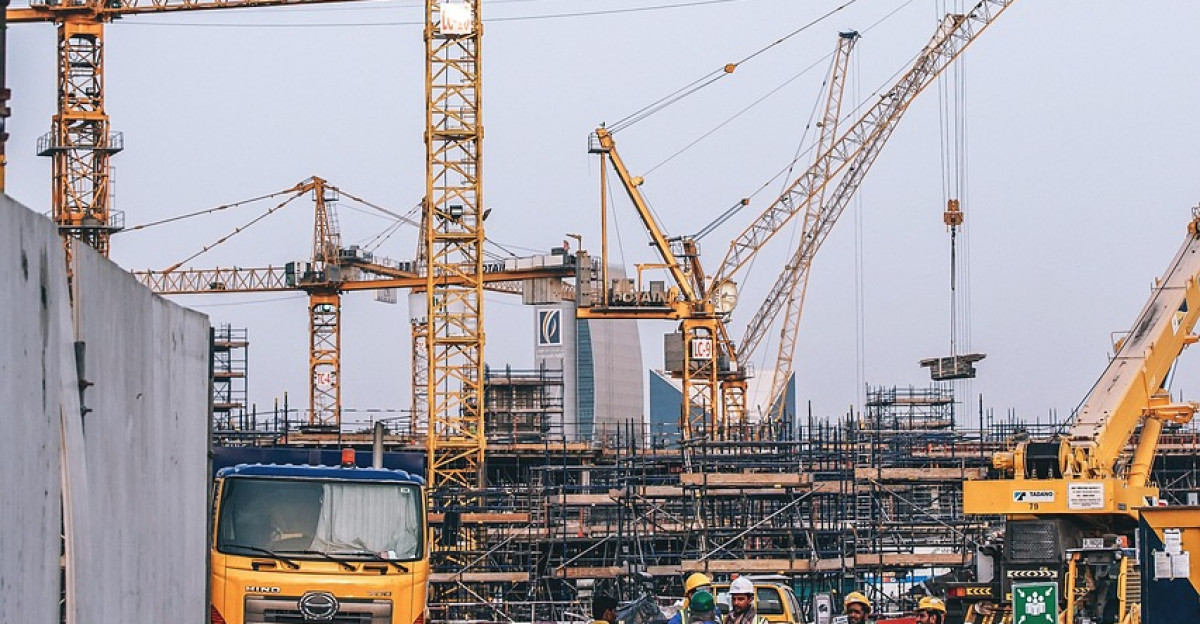
The urban crisis has prompted calls for coordinated policy action at the federal and state levels. Urban Institute planners argue governments must invest in infrastructure, education, and job creation to stem further decline and support affected communities. These recommendations reflect recognition that individual cities cannot solve problems rooted in broader economic transformations alone. Some states have begun responding with targeted programs, though Brookings research indicates the investment scale required often exceeds what state and local governments can provide.
Can These Cities Ever Recover?
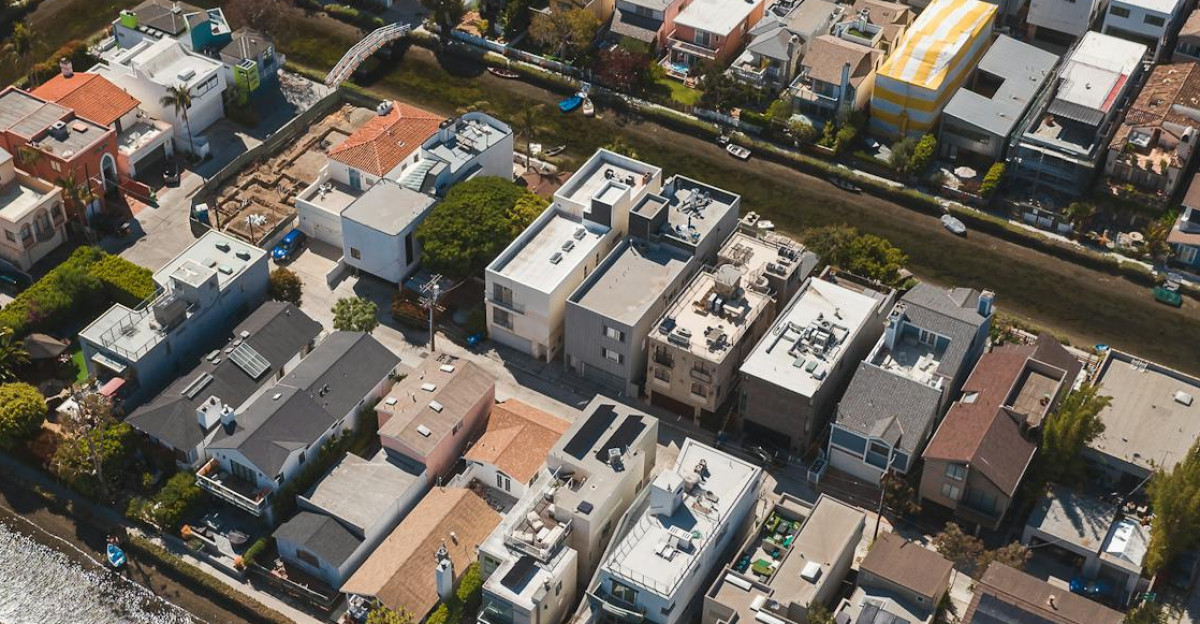
Urban development specialists remain cautiously optimistic while acknowledging enormous challenges ahead. Economic research confirms that manufacturing job losses create persistent challenges affecting multiple generations. While some cities celebrate small victories, researchers emphasize that the scale of population loss makes full recovery extremely difficult without fundamental economic restructuring. Success requires sustained effort over many years, plus significant external investment and favorable financial conditions. Recovery depends on attracting new residents, diversifying economies, and dramatically improving the quality of life.
What This Means for America’s Urban Future
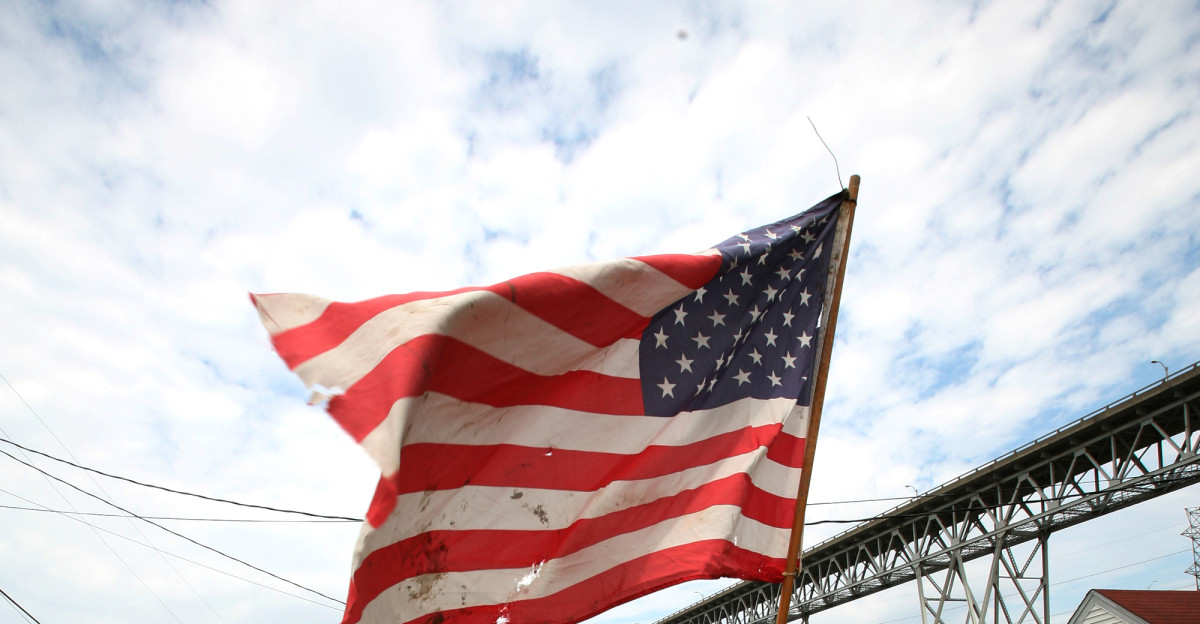
The fate of America’s fastest-declining cities signals a broader reckoning with economic change, migration patterns, and community resilience. As the nation evolves economically, these communities represent warnings about unmanaged decline consequences and potential laboratories for innovative urban renewal approaches. Challenges extend beyond affected cities, as regional economies often depend on strong central cities. Successful responses will likely require coordination across multiple government levels, sustained commitment over many years, and recognition that urban decline threatens entire regions.